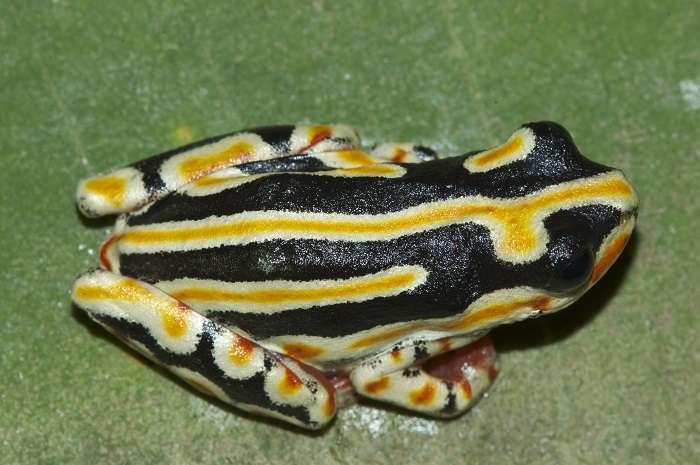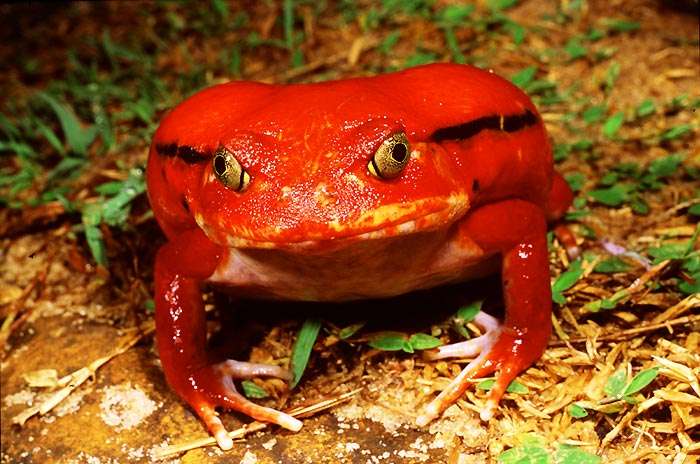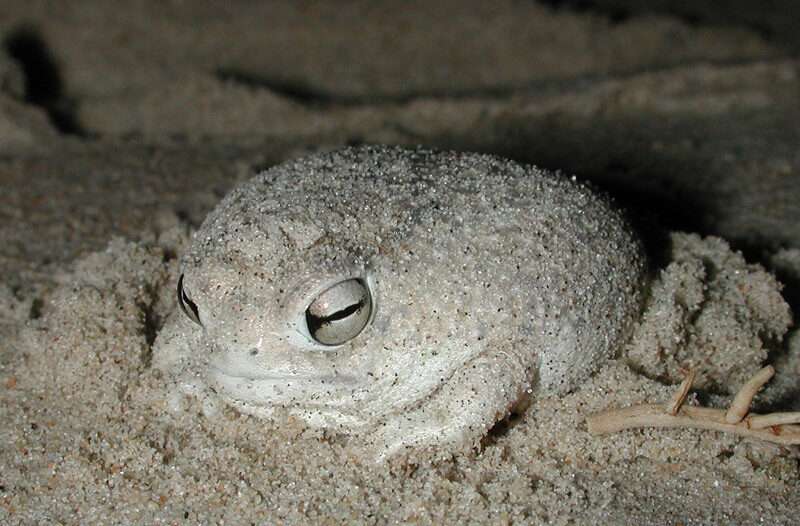
This species is a member of a vast group of geographical varieties found over the majority of sub-Saharan Africa. This medium-sized Reed Frog measures just a little bit over 3 cm. The term Painted Reed Frog refers to the design and coloration of these frogs, which appear to have been freshly painted on their backs.
During the dry season, the adults hibernate and have been observed hiding away from their nesting places in vegetation or beneath logs and stones. During this period, they frequently settle down inside of homes, hiding under cabinets, pelmets, artwork, and toilet cisterns. During the dry season, the adults hibernate and have been observed hiding away from their nesting places in vegetation or beneath logs and stones. During this period, they frequently settle down inside of homes, hiding under cabinets, pelmets, artwork, and toilet cisterns. With over 15 publications and multiple theses published on the subject in the last ten years, this species’ breeding behaviour is possibly the best studied of any African frog.
Habitat
Native to sub-Saharan Africa, painted reed frogs can be found in grasslands or savannas close to water sources. In the wet season, they also frequently inhabit lowlands.
Appearance
The male of the small- to medium-sized Hyperolius marmoratus grows to a length of 43mm. Its snout has a curved side, and the width of its head is between 32 and 38 percent of its length. The frog can climb up grass and reed stems because of the toes’ toe pads. They have a huge selection of vivid colour markings, including a plethora of stripes, spots, and stippling. Currently, populations are divided into subspecies based on common colour patterns. Some may have stripes of lighter and darker brown or be light brown with darker patches. Others might have strong bands of black and white stripes with a central yellow stripe. Others, however, have light-colored backgrounds with reddish-brown dots. There are numerous recognized variations.

Diet
Hyperolius marmoratus feeds on a variety of small insects.
Reproduction
In ponds, males create tiny calling territories in order to breed. Intense kick fights are used to repel male intruders from elevated calling places. In breeding ponds, Hyperolius marmoratus females approach males and begin amplexus. This process lasts for several hours, allowing a male to mate with just one female every night. During the time when eggs are being laid, external fertilization occurs. A clutch of Hyperolius marmoratus consists of 150–600 tiny eggs, each measuring 1.3-1.5 mm in diameter and enclosed in a 2.5 mm capsule. During the rainy season, the eggs are placed in groups of 20 or so, adhering to underwater plants.
Although some have also been described as being blue-green, they are pale yellow in colour with a dark brown tip. Once they reach sexual maturity, females in captivity are said to produce eggs every two or three weeks for up to 14 months or longer. Depending on the weather, this can vary in the field.
Table





